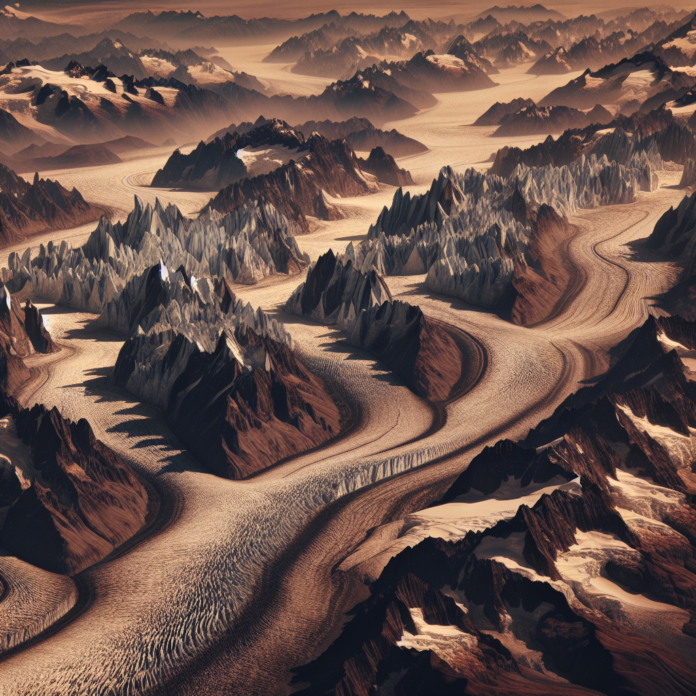Effects of Climate Change on Andean Glaciers in Peru
“`html
The Impact of Climate Change on Peru’s Andean Glaciers
Peru’s Andean glaciers, which are vital for the region’s water supply and ecosystem, are facing significant threats due to climate change. These glaciers, located in the high-altitude areas of the Andes mountains, serve as essential sources of freshwater for millions of people, agriculture, and hydroelectric power generation. However, rising global temperatures and changing precipitation patterns are causing these glaciers to retreat at an alarming rate.
Current State of Andean Glaciers
Recent studies have shown that the glaciers in the Peruvian Andes have lost approximately 40% of their mass since the late 20th century. The Quelccaya Ice Cap, one of the largest tropical glaciers in the world, has been particularly affected, shrinking significantly over the last few decades. This rapid melting is attributed to a combination of higher temperatures and reduced snowfall, which disrupts the natural balance that sustains these ice formations.
Implications for Water Resources
The retreat of Andean glaciers poses severe risks to water availability in the region. As glaciers shrink, they initially release a surge of meltwater, which can lead to flooding and landslides. However, as the glaciers continue to diminish, the long-term supply of freshwater diminishes, threatening the livelihoods of communities dependent on this essential resource. In areas such as Lima, which relies heavily on glacier-fed rivers, the impact is already being felt, with water scarcity becoming an increasing concern.
Effects on Biodiversity and Ecosystems
The melting glaciers also impact local ecosystems and biodiversity. As water sources change, the delicate balance of various species that rely on the unique Andean environment is disrupted. Indigenous flora and fauna face habitat loss and changing climatic conditions, which can lead to shifts in species distribution and even extinction. Furthermore, the alteration of river systems affects fish populations, which are crucial for the diets and economies of many local communities.
Socioeconomic Consequences
The socioeconomic consequences of glacier retreat are profound. Agriculture, which is a primary source of income for many rural communities, is heavily reliant on adequate water supply from glaciers. As water becomes scarce, crop yields decline, leading to food insecurity and economic instability. Additionally, the increasing frequency of natural disasters, such as mudslides and glacial lake outburst floods (GLOFs), poses further threats to infrastructure and safety, compounding the challenges faced by local populations.
Adaptation and Mitigation Strategies
In response to these challenges, various adaptation and mitigation strategies are being implemented. Local governments and organizations are working on water management initiatives to optimize the use of available resources. Projects aimed at improving irrigation efficiency and diversifying crop production are essential for building resilience against climate impacts. Moreover, education and awareness programs are crucial for empowering communities to adapt to changing conditions and advocate for sustainable practices.
Conclusion
The impact of climate change on Peru’s Andean glaciers is a pressing issue that requires urgent attention. As these glaciers continue to retreat, the repercussions for water supply, biodiversity, and socioeconomic stability become increasingly severe. Collaborative efforts between local communities, governments, and global organizations are essential to address these challenges and safeguard the future of this vital region.
“`


